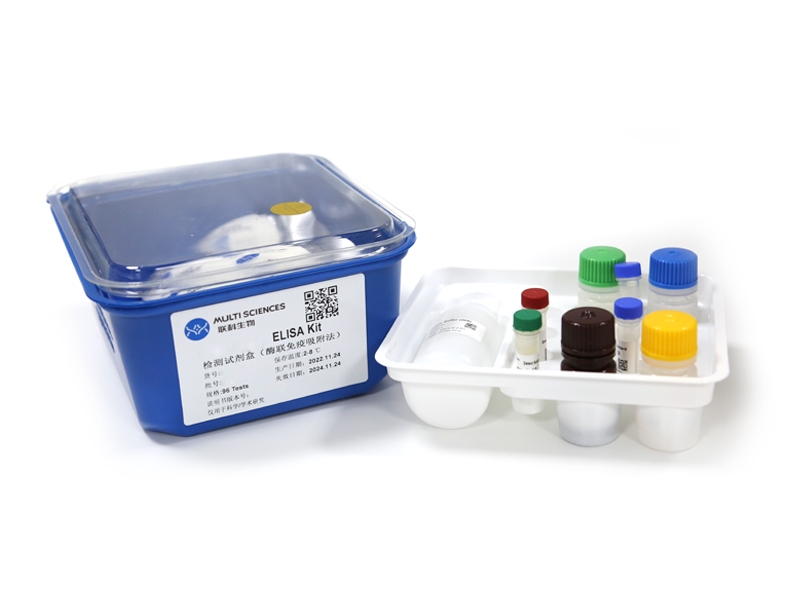BACKGROUND: Atherosclerosis (AS) is a chronic inflammation characterized by massive infiltration of inflammatory cells in arterial wall plaques. Programmed death ligand-1 (PD-L1), a co-stimulatory molecule, plays a vital role in regulating immune responses. We investigated the role and mechanisms of PD-L1 expressed on oxidized low-density lipoprotein (ox-LDL)-impaired human umbilical vein endothelial cells (HUVECs) in promoting activation and cytokine production of CD4(+)CD25(+) forkhead box P3 (FoxP3) regulatory T cells (Tregs). METHODS AND RESULTS: Tregs were incubated alone, with HUVECs or HUVECs pre-stimulated with ox-LDL in the presence of anti-CD3 monoclonal antibodies (mAbs) for 48 h. HUVECs were shown to upregulate the immune phenotypic markers of Tregs, such as glucocorticoid-induced TNF receptor (GITR), cytotoxic T lymphocyte antigen-4 (CTLA-4) and programmed cell death-1 protein (PD-1). Moreover, HUVECs modulated cytokine production of Tregs (e.g., interleukin-10 (IL-10) and transforming growth factor-β1 (TGF-β1)). HUVECs treated with anti-PD-L1 mAbs were unable to regulate the surface expression and cytokine production of Tregs. The Transwell culture system suggested that interaction between HUVECs and Tregs via PD-L1 requires cell-to-cell contact. CONCLUSION: Expression of the negative co-stimulatory molecule PD-L1 on HUVECs may upregulate the inhibitory activation and cytokine production of CD4(+)CD25(+)Foxp3(+) regulatory T cells in AS.
文章引用产品
-
-
- EK110
- ELISA试剂盒
Human IL-10 ELISA Kit检测试剂盒(酶联免疫吸附法)
-
¥1,600.00 – ¥2,650.00
-
- EK110
- ELISA试剂盒
Human IL-10 ELISA Kit检测试剂盒(酶联免疫吸附法)
- ¥1,600.00 – ¥2,650.00



